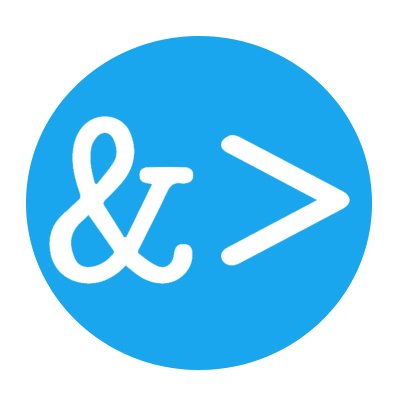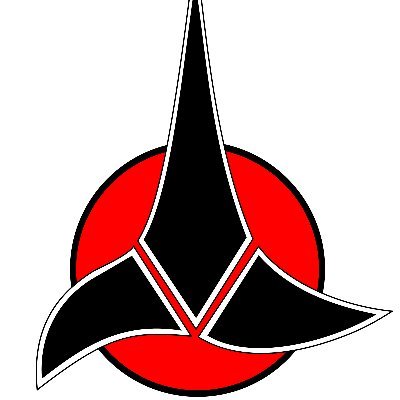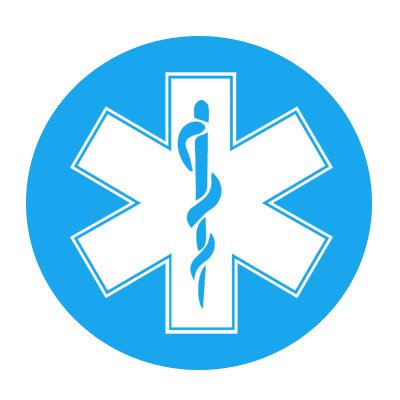
Regular Expression
@RegexTip
Learn to use regular expressions by following RegexTip. From @JohnDCook.
You might like
\< represents a beginning word boundary and match a position between two tokens. Some engines don't support this.
\b matches a word boundary; \B matches anything but a word boundary.
Don't confuse \1 with $1. \1 is used inside a regex; $1 (in Perl) is used outside the regex after a match.
Many languages support Perl 5 regular expressions. For example, Microsoft .NET supports Perl 5 regex with some of its own extensions.
\d represents the numerical characters, or [0123456789]. Its complement is \D.
If you're going to work with regular expressions, it's worthwhile to learn Perl notation even if you don't intend to ever use Perl.
You can include comments inside a regex with (?# ... ). For example, /the\s+(?# One or more spaces)end
[a-z] matches all lower case letters. [-az] matches '-', 'a', or 'z'.
Perl stores the content of the previous match in $&, the text to the left of the match in $`, and the text to the right in $'.
Grep rewritten in Perl (and so it supports Perl regular expressions) johndcook.com/blog/2021/03/0…
If a dash is the first or last character in a character class, it is a literal dash and does not indicate a range.
'Perl Best Practices' recommends always using /xms on regexes. /x to allow whitespace & comments, /m and /s to handle newlines as expected.
vi and vim's engine uses \+ and \= in place of the more common + and ?.
United States Trends
- 1. #StrangerThings5 43.6K posts
- 2. National Guard 417K posts
- 3. Afghan 106K posts
- 4. Thanksgiving 533K posts
- 5. #AEWDynamite 7,955 posts
- 6. Rahmanullah Lakanwal 41.4K posts
- 7. Cease 25.3K posts
- 8. Celtics 12.7K posts
- 9. Derrick White 1,945 posts
- 10. Cade 32.9K posts
- 11. Okada 7,374 posts
- 12. Blue Jays 10.7K posts
- 13. #Survivor 1,061 posts
- 14. Blood 229K posts
- 15. Operation Allies Welcome 12.7K posts
- 16. holly 16.8K posts
- 17. Walker Horn N/A
- 18. Tony Brothers N/A
- 19. #triplegobble N/A
- 20. #AEWContinentalClassic 1,259 posts
You might like
-
 Unix tool tip
Unix tool tip
@UnixToolTip -
 Probability Fact
Probability Fact
@ProbFact -
 Algebra Etc.
Algebra Etc.
@AlgebraFact -
 Computer Science
Computer Science
@CompSciFact -
 Data Science Fact
Data Science Fact
@DataSciFact -
 Network Fact
Network Fact
@NetworkFact -
 Analysis Fact
Analysis Fact
@AnalysisFact -
 Differential Eqns
Differential Eqns
@diff_eq -
 Scientific Python
Scientific Python
@SciPyTip -
 Logic & Applications
Logic & Applications
@LogicPractice -
 Topology Fact
Topology Fact
@TopologyFact -
 The Linux Foundation
The Linux Foundation
@linuxfoundation -
 TeX and Typography
TeX and Typography
@TeXtip -
 Science and Medicine
Science and Medicine
@ScienceTip -
 Functor Fact
Functor Fact
@FunctorFact
Something went wrong.
Something went wrong.











































![Il_Canone's profile picture. [S]’il y a une chose en mathématique qui (...) me fascine plus que toute autre, ce n’est ni “le nombre”, ni “la grandeur”, mais toujours la forme. Grothendieck](https://pbs.twimg.com/profile_images/1340681936340193282/QBXtXE2Z.jpg)























